
Inspired by Game of Thrones, its co-creator recounts lessons learnt along the way
The 2017 Game Developers Conference kicks off this week with the Independent Games Summit, and if all has gone according to plan, Michelle and I will have just finished delivering a postmortem of Salt and Sanctuary, our well-received 2D Soulslike that we launched nearly a year ago on PS4.
The hardest part about putting together a postmortem is figuring out how to cover years of work and what to even talk about. Michelle and I may have spent years of our lives designing, creating, polishing, iterating, redesigning, polishing, crunching, and polishing Salt and Sanctuary, but how do we figure out what the interesting parts were?
After designing more than 600 weapons, armour pieces, spells, and items, drawing more than 10,000 sprites, animating and scripting more than 100 characters, and building a massive, seamlessly interconnected game world of a few dozen regions, it’s hard to know what’s interesting anymore.
So I did the smart thing: I asked you. More accurately, I asked Twitter. And we got a bunch of questions! Here’s what we learned:
We had some concept art
Because it’s just Michelle and me, I generally don’t do a lot of concepting — when there’s no discipline gap between concept and final art, it’s just a more optimal use of time to just start drawing game art. I did end up making some concept art when I was stuck on planes, which happens here and there. Michelle is much more into concepting. Her concepts are mostly digital though, and also done while traveling, or through her annual Monster of the Day project each October.
Our story had some origins
If nothing else, Michelle and I are geeks for A Song of Ice and Fire, and Salt and Sanctuary was loads of House Greyjoy: drowned gods, blessings of salt, and that cold, morbid philosophy: “what is dead can never die.” Otherwise, I’ve been pretty fascinated by pre-modern “science” — where the supernatural could be as much a candidate to explain the world as the natural. Much of the story and visual aesthetic came from medieval murals to ptolemaic diagrams.
I didn’t plan out a lot of the actual coding
There were times that I felt I should have, but after nine years of making very similar games, I kind of have a pretty tried and true technique, mostly revolving around tools.
I love to talk about tools
Imagine you were creating Pac-Man. How would you represent the world map? When you’re just starting out in Computer Science 101, text files made in Notepad are a great place to start:
There’s a simple system! “#” for walls, “.” for pills, “*” for power pills, “G” for ghost spawn points. I’ve used systems like this. Great! But what if we wanted to add some variety to the scenery? Lighting? A boss battle? Our ASCII system is great if we want to represent 4 or 5 simple things, but anything more complicated just blows it right up.
In the case of our ASCII Pac-Man maps, Notepad is a tool. And as far as tools for game content go, Notepad is rock bottom. So what to do? Make better tools!
Salt and Sanctuary took no fewer than eight discrete tools. A few of them were new for Salt and Sanctuary, and a few have evolved since The Dishwasher: Dead Samurai. The cornerstone is the character animation editor, upgraded for Salt to support skeletal animation.
Then there’s the sprite sheet atlas editor, the map editor, and the destructible objects editor, all updated from Charlie Murder. And new for Salt and Sanctuary are the dialog editor, loot editor, monster editor, and skill tree editor. That’s right: I’m so in love with these special purpose editors that I made one just for the skill tree, and I have no regrets.
Yeah, I like talking about tools. And it’s not hard to see why: maybe 90% of Salt and Sanctuary is just content that Michelle and I used those tools to make. And a lot of the game logic even emerges through the creation of these tools, like the code to render the map, skill tree, or animated character.
Jumping off is hard to do
The prototyping phase is a wonderfully free phrase of experimentation and laying groundwork: defining things like “what is a door?” “What is a boss fight?” “What is loot?” “How high do I jump?” Once that groundwork is laid, it gets really easy to make content, but really hard to fiddle with that groundwork.
For instance, let’s say I can jump a four-tile gap. Then — after building half of the world map — I decide that the game feels too floaty and I need to tighten up the gravity constant.
But that change allows the player to jump a five-tile gap. Well, now I’ll have to audit the whole game up until that point to make sure I haven’t introduced any game-breaking new shortcuts (Speedrunners will know that such shortcuts still found their way in!).
Working with your wife is great
We are often asked what it’s like working with your spouse. It’s a bit like working with your coworkers, only more personal. You share not only your work but your life. It all blends together and when you’re doing what you love with the person you love, it’s amazing.
It’s not without its challenges, but those we take like any relationship. Communication is key, and we’re not perfect, but we get better every day.
Paying homage to Soulslikes while still finding our own voice was a critical challenge
I looked at ways games exist on a common landscape: incredibly inspirational games like Dark Souls, Castlevania: Symphony of the Night, and Ninja Gaiden Black existed alongside our own The Dishwasher: Dead Samurai, Charlie Murder, and what would be Salt and Sanctuary.
Drawing from a landscape of concepts, themes, and mechanics, we were able to build a cohesive action game that drew the brawly feel of Dishwasher and Ninja Gaiden, the world progression of Castlevania, and the obscure lore and character progression of Dark Souls.
Some things went wrong
Self publishing may have given us more freedom than we were used to. In our early days, localisation was all handled for us by our publisher; my job was just to make sure the game rendered it correctly. With self publishing, this responsibility to localise falls on us, and we hadn’t quite figured it out in time. I did implement all of the text rendering, and I set up some tools to automatically machine translate our text to test out the rendering, but we didn’t have proper translations.
With a zillion other things to worry about and crunch over for launch, I guess I sort of convinced myself that maybe machine translations aren’t the worst thing. Well, they are. And we’re still fixing them. Sorry about that.
Some things were unexpectedly amazing
We could not possibly have predicted the level of excitement from gamers and support from streamers and content creators after announcing Salt and Sanctuary. We’ve always been very grassroots about marketing, more having to do with being terrible at self-promotion than any kind of intentional PR style.
Having the support of streamers and YouTubers was so crucial. I don’t think Salt and Sanctuary could have been the success it was without these people. A huge thanks goes out to them.
Working with Sony was seriously great
Working with Sony was absolutely a transition for us. Before PS4 launched, we were a tiny studio that made exclusives on other platforms. But the new console generation brought a lot of uncertainty to indie developers like us (a lot of which was about our tech), and sitting down with Sony really made a fantastic impression.
Indie game developers struggle with motivation
This was a sort of meta-takeaway: while organizing the questions I got from Twitter, I noticed that a lot of them were asking how we kept motivated. My semi-reliable trick is to switch up tasks a bit when I get worn out, but I know this only works to a certain extent. At any rate, if you’re trying to make games and struggling with motivation, know that this is something we all deal with!
Finding motivation through other developers and even other creatives in other industries helps a lot. We always come away from game conferences, after meeting up with other devs, recharged and ready to get back to making awesome stuff.
Game development has some pretty insane ups and downs, but with hard work, perseverance, and a little bit of classic insanity, we’ll all pull through.
PS Vita owners are patient, loyal, and fierce
We’re sorry it’s taken so long. The port is being handled by another studio, but it’s still in the works!
It’s been a wild time in development and we’re still reeling post-launch of Salt and Sanctuary almost a year ago. Thank you so much to PlayStation and all the gamers who believed in us. Thank you for playing our game. Your support truly keeps us going.




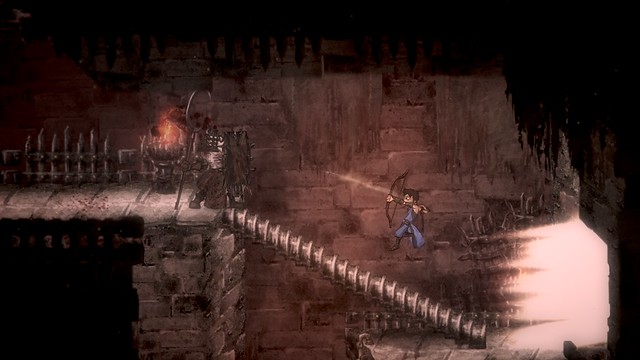
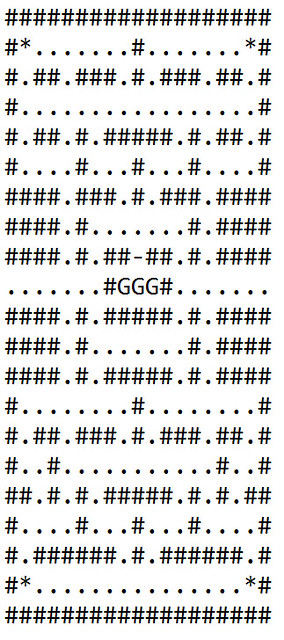
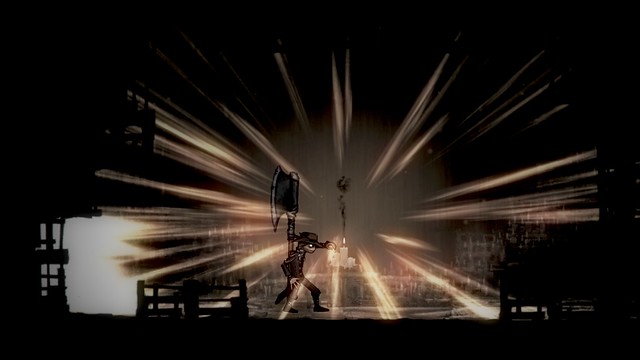
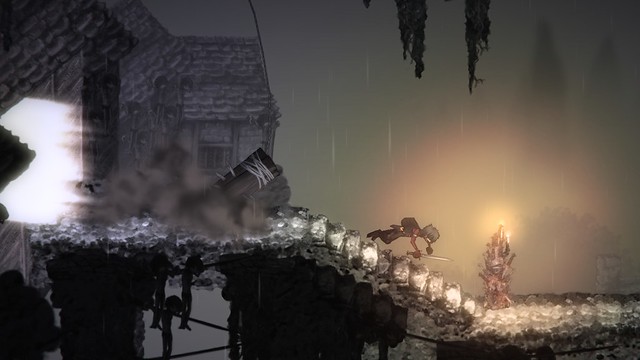
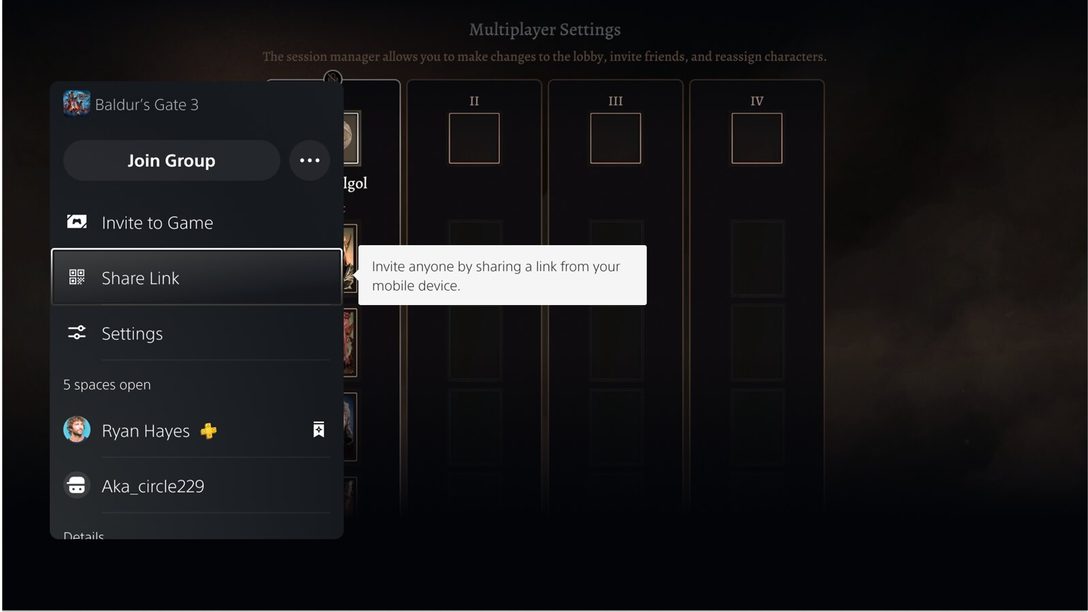
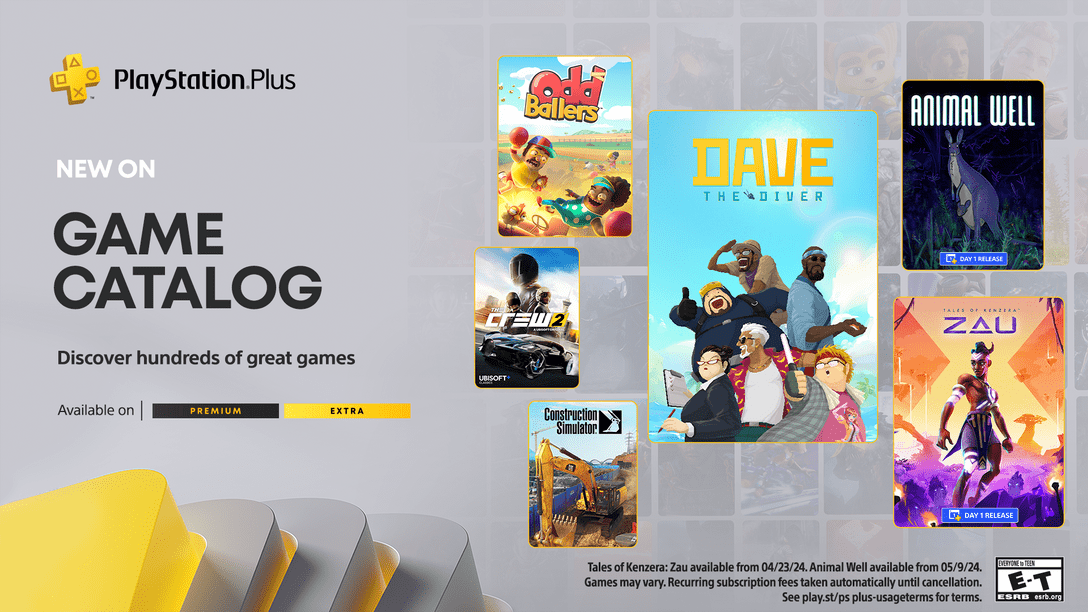
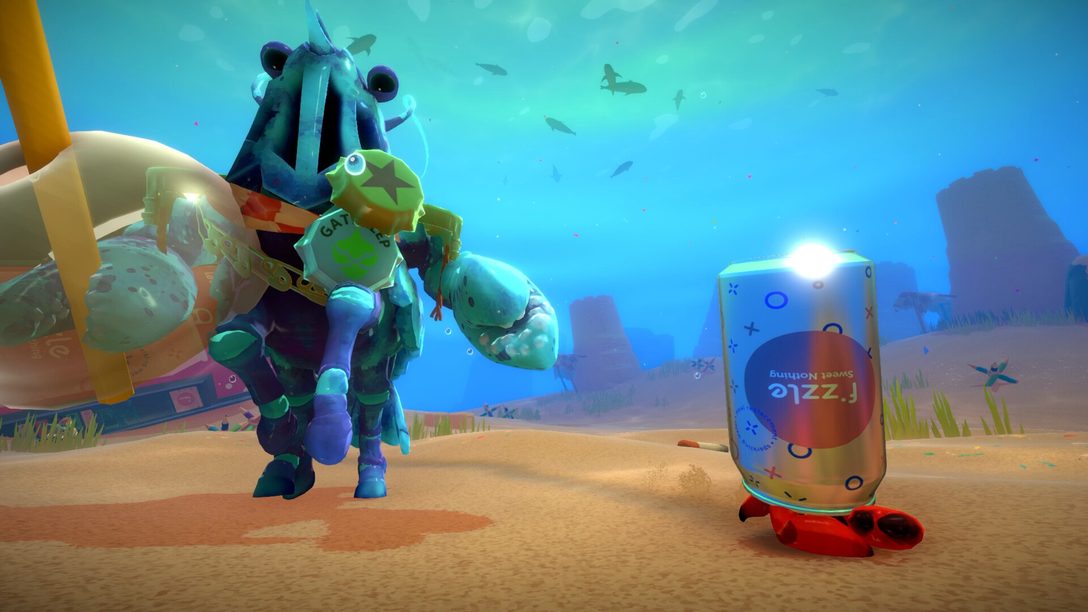

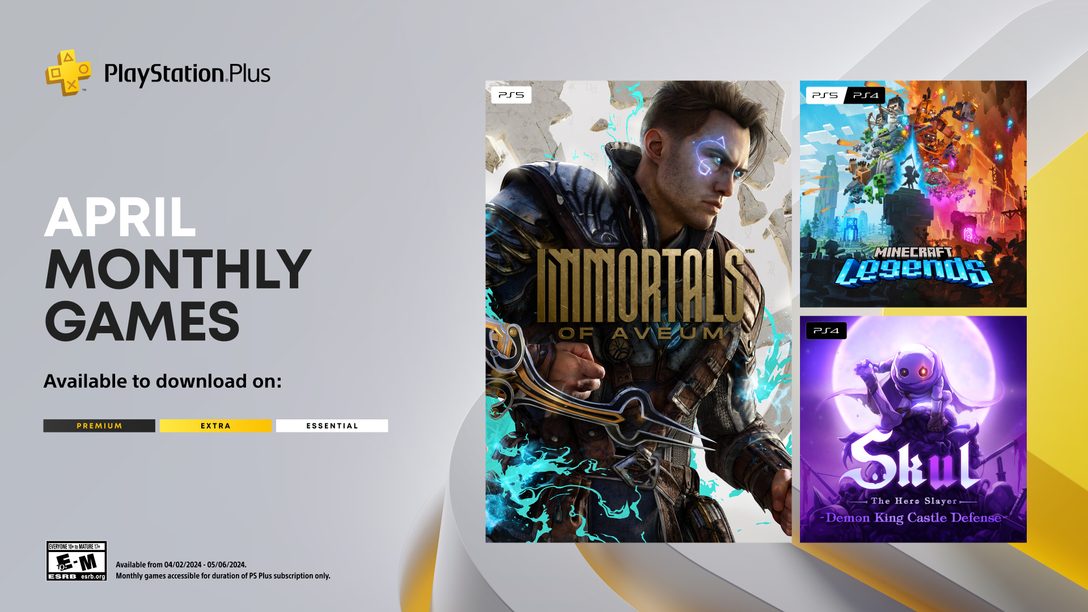



Join the Conversation
Add a CommentBut don't be a jerk!
5 Comments
Loading More Comments